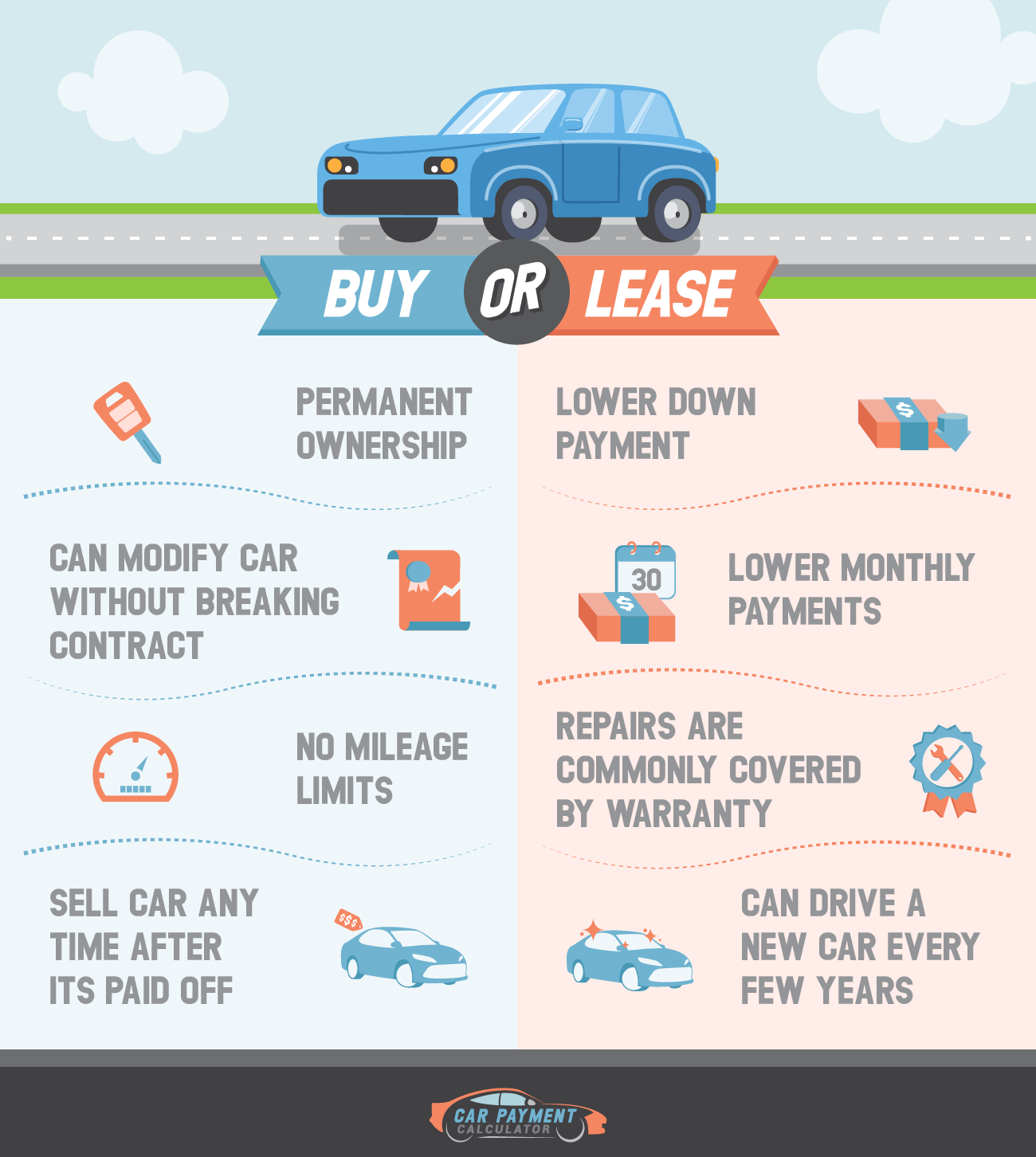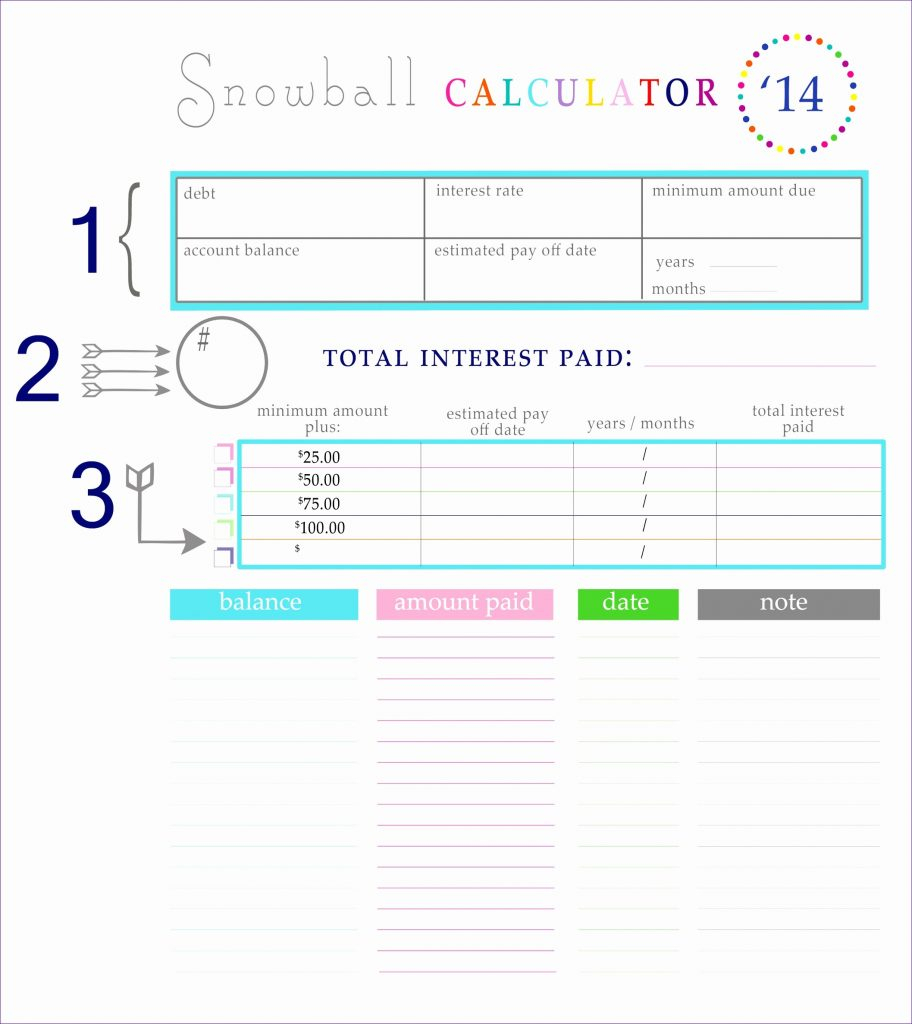
Monthly payments are usually lower because you’re not paying back any principal. On the surface, leasing can be more appealing than buying. To find out whether leasing or buying is right for you, we take a look at the pros and cons. However, life can be unpredictable, and a lease has less flexibility than a purchase. The predictability of the payments and ownership costs (no expensive repairs when under warranty!) has its appeal.

Quite the opposite: Many might find they don’t use the miles they have paid for. With more people than ever working from home, the mileage restrictions on a lease may not be a factor for a lot of shoppers.

That payment is often less than the monthly cost of financing a new vehicle, but buyers must return the car at the end of the lease term. With a lease, buyers make a monthly payment to drive a new car for a set term. However, according to Experian, one of the credit reporting agencies, the percentage of all new vehicles that are leased was down in the third quarter of 2022 when compared with both 20. The only penalties for modification or abuse could be repair bills and a lower resale value down the road.Īs car prices remain high ( more than $49,300 in January 2023), leasing a new vehicle remains an alternative. You can keep the car as long as you like and treat it as nicely-or poorly-as you want to. As you repay the principal, you build equity until-by the end of the loan-the car is all yours. The higher the interest rate, the higher the payment.

A chunk of each payment is put toward paying interest on the loan, and the rest is used to pay down the principal. You borrow money from a bank, credit union, or other lending institution and make monthly payments for some number of years. Buying a vehicle with a conventional car loan is pretty straightforward.


 0 kommentar(er)
0 kommentar(er)
